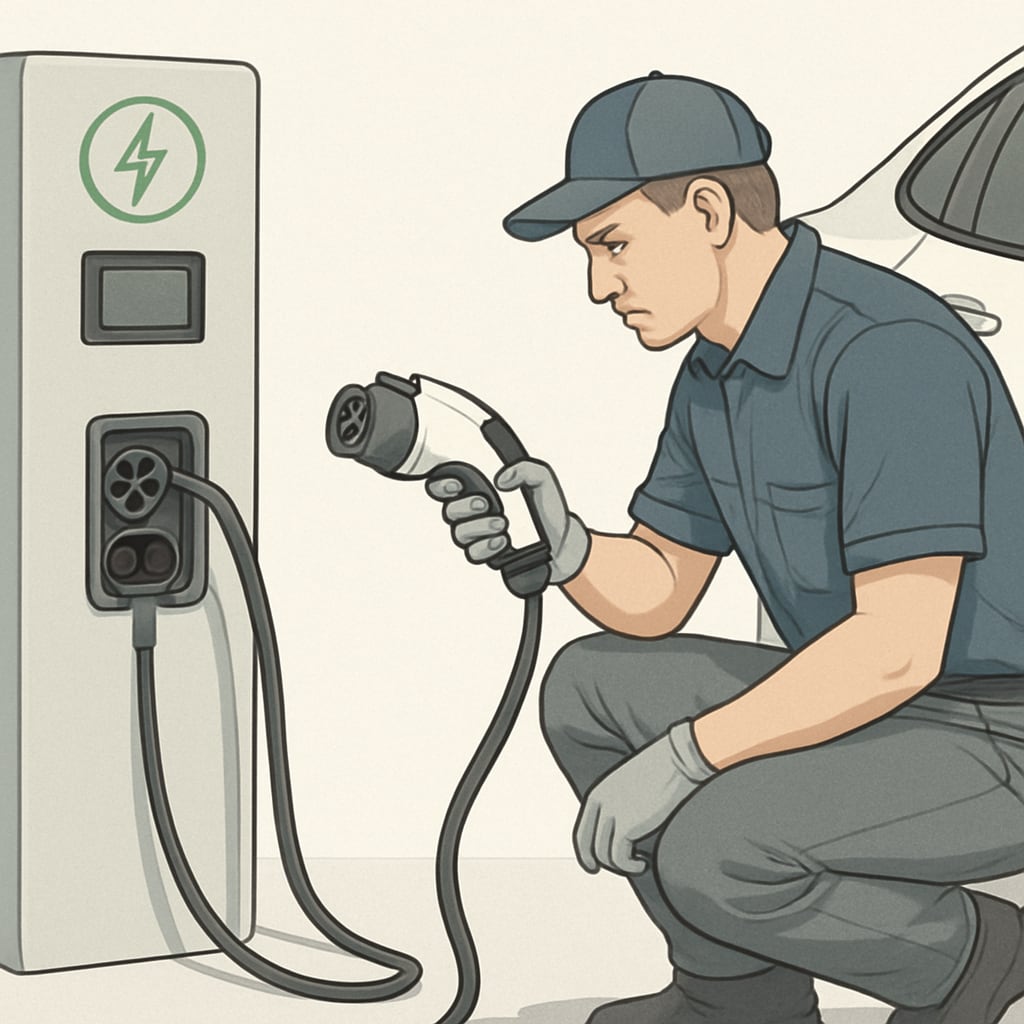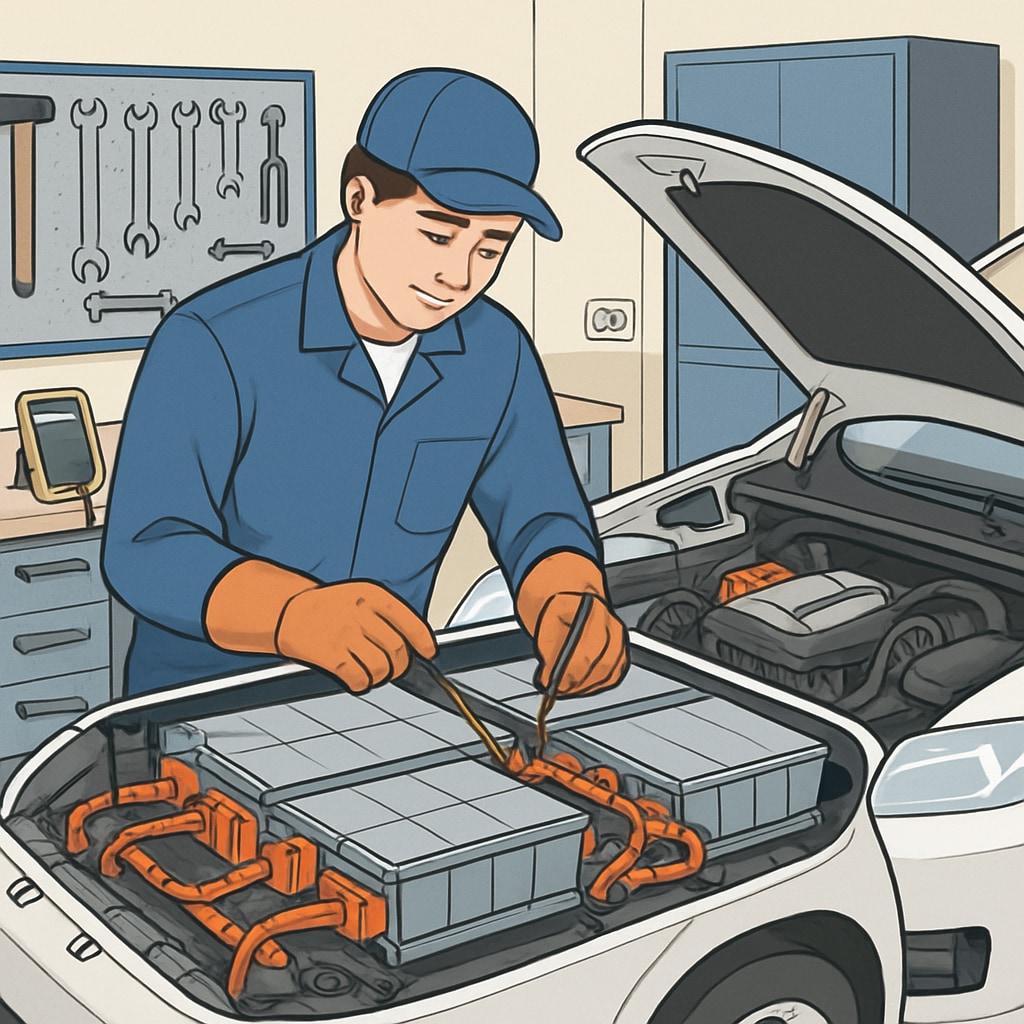The automotive industry is undergoing a profound transformation, driven largely by the rapid shift toward electrification and intelligent systems. In this landscape, professionals with expertise in both electrical systems and automotive repair are increasingly sought after. This article explores how an electrical apprenticeship experience can provide a unique competitive advantage for professionals with automotive repair qualifications, helping them excel in a dynamic industry.
Why Electrical Skills Matter in the Automotive Industry
The integration of electrical systems into modern vehicles has redefined the automotive industry. From electric vehicles (EVs) to advanced driver-assistance systems (ADAS), cars are now powered by complex electrical frameworks. In this context, understanding electrical concepts is no longer optional—it is a necessity. For example, an electrical apprentice gains hands-on experience with wiring, circuit testing, and troubleshooting, all of which are crucial for diagnosing and repairing modern automotive systems.

Moreover, professionals who combine automotive repair skills with electrical expertise are better positioned to work on emerging technologies, such as battery management systems and electric powertrains. This dual proficiency allows them to tackle challenges that require a blend of mechanical and electrical knowledge, setting them apart from their peers.
The Career Benefits of an Electrical Apprenticeship
Electrical apprenticeship programs offer structured learning that goes beyond theoretical knowledge. Apprentices work under experienced mentors, gaining practical skills that are immediately applicable to the automotive sector. Key benefits include:
- Enhanced Problem-Solving Skills: Apprentices learn to diagnose complex issues in electrical systems, a critical ability in modern vehicle repair.
- Improved Employability: Employers value candidates who bring multidisciplinary expertise, particularly in industries undergoing technological shifts.
- Future-Proofing Careers: As the automotive industry continues to innovate, professionals with electrical backgrounds will remain in high demand.
In addition, many apprenticeship programs include certifications that validate the apprentice’s skills and knowledge. These certifications serve as tangible proof of competence, boosting credibility in the job market.

How Cross-Disciplinary Skills Shape the Future
The synergy between electrical and automotive skills is reshaping industry expectations. As a result, career paths in the automotive sector are expanding to include roles such as EV technician, ADAS specialist, and electrical systems engineer. For professionals who have completed an electrical apprenticeship, these opportunities offer exciting avenues for growth.
Additionally, cross-disciplinary expertise fosters innovation. For example:
- Professionals can design and implement more efficient electrical architectures for vehicles.
- They can contribute to the development of sustainable technologies, such as solar-powered charging systems.
- They can enhance vehicle safety through improved diagnostic tools and systems.
This blend of skills not only advances individual careers but also supports the automotive industry’s broader goal of creating safer, smarter, and more sustainable vehicles.
Conclusion: A Path to Success
In summary, electrical apprenticeship equips automotive professionals with the tools they need to thrive in an industry defined by innovation and complexity. By combining electrical expertise with automotive repair skills, individuals can gain a critical edge, positioning themselves as indispensable assets in the workforce.
The future of the automotive industry is electric and intelligent. For those willing to embrace cross-disciplinary learning, the possibilities are limitless.
Readability guidance: Short paragraphs and lists simplify key points. Use of real-world examples and future trends ensures relevance. Overuse of technical jargon is avoided for clarity.


